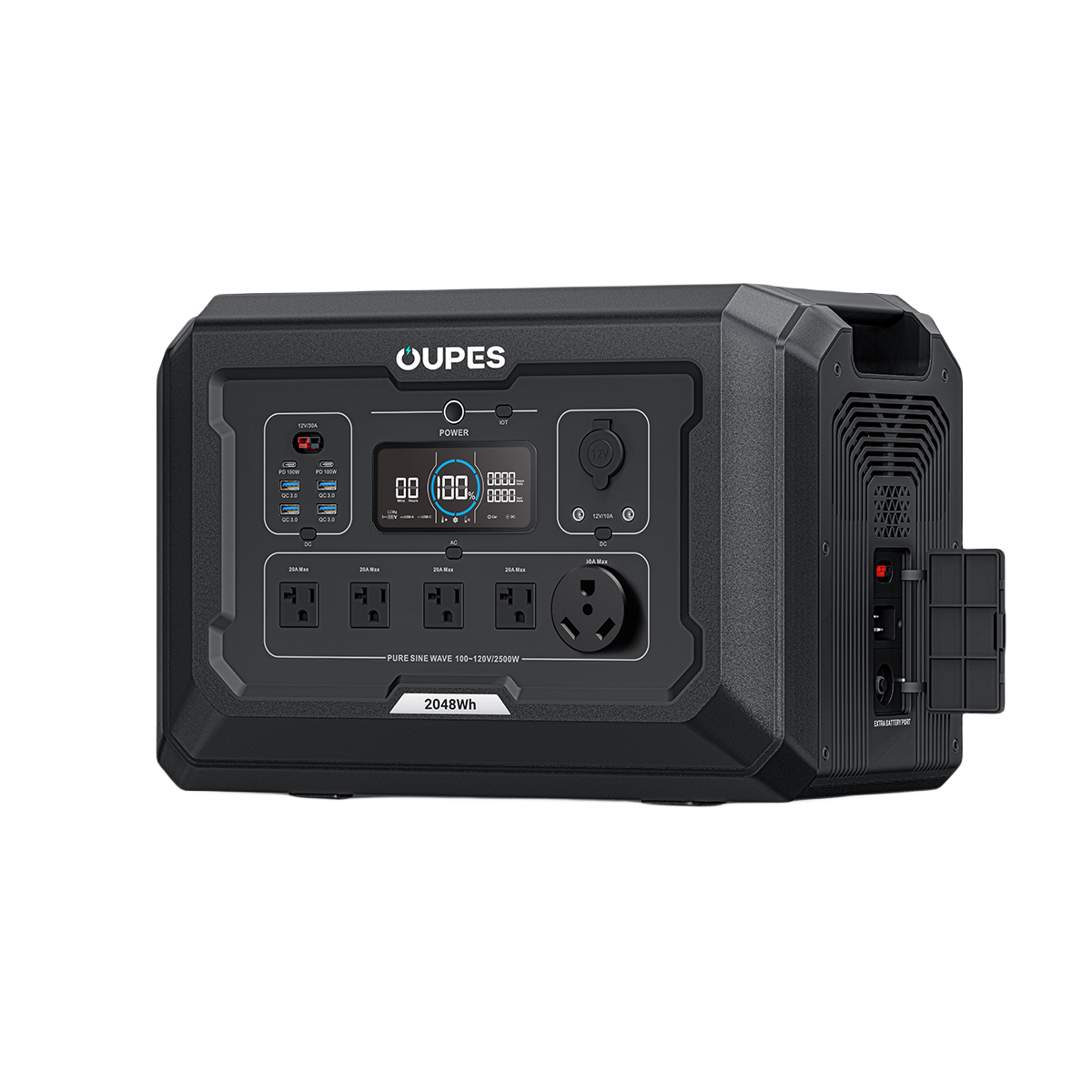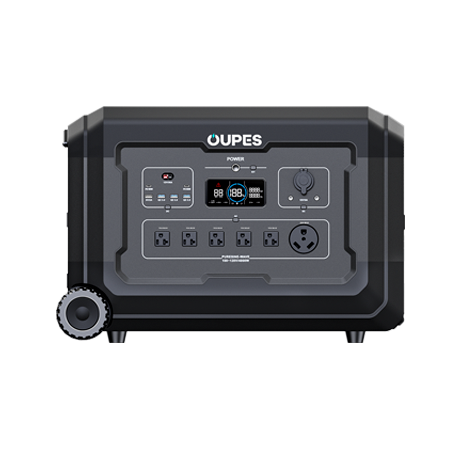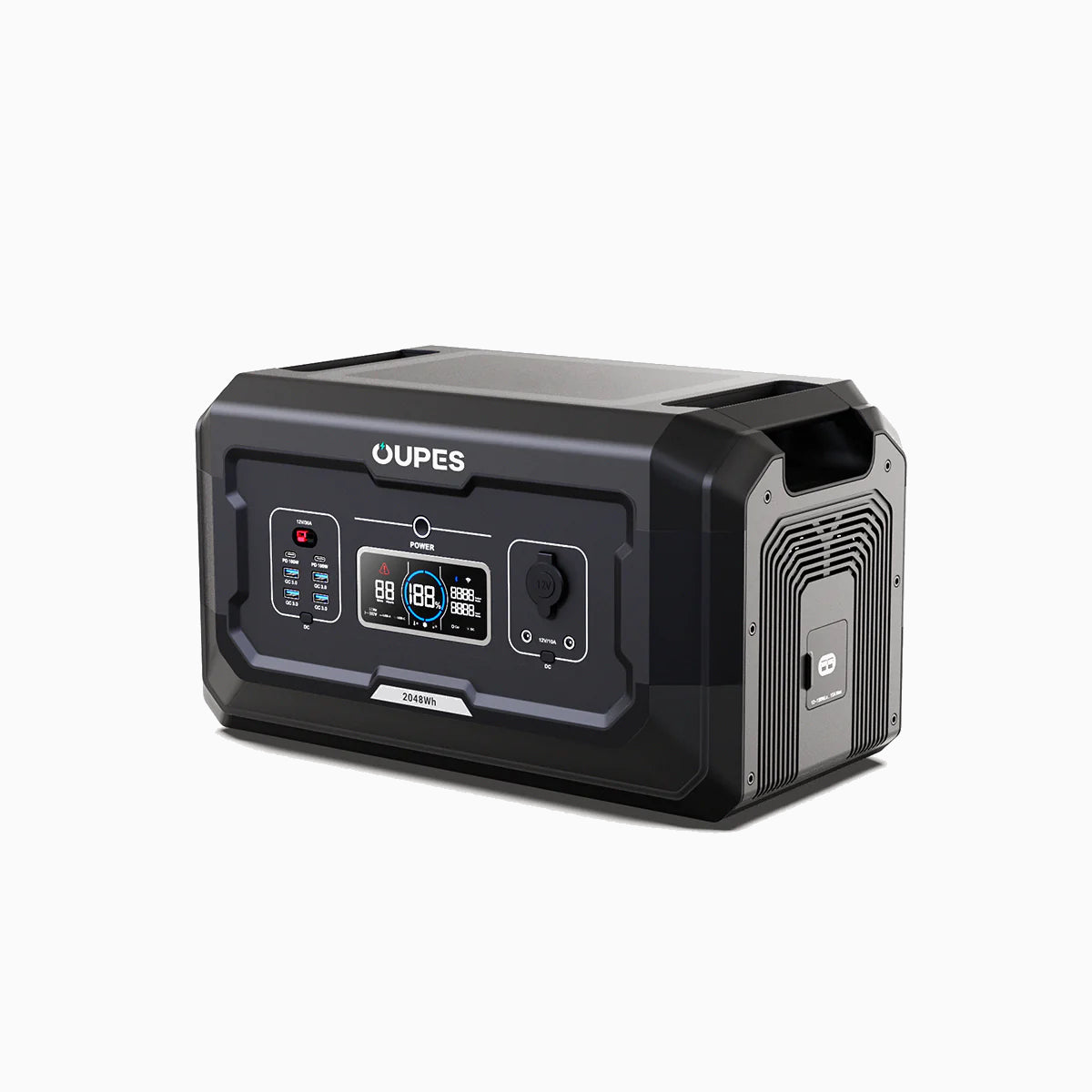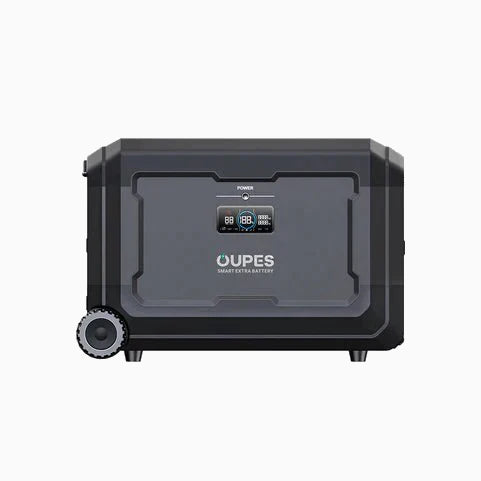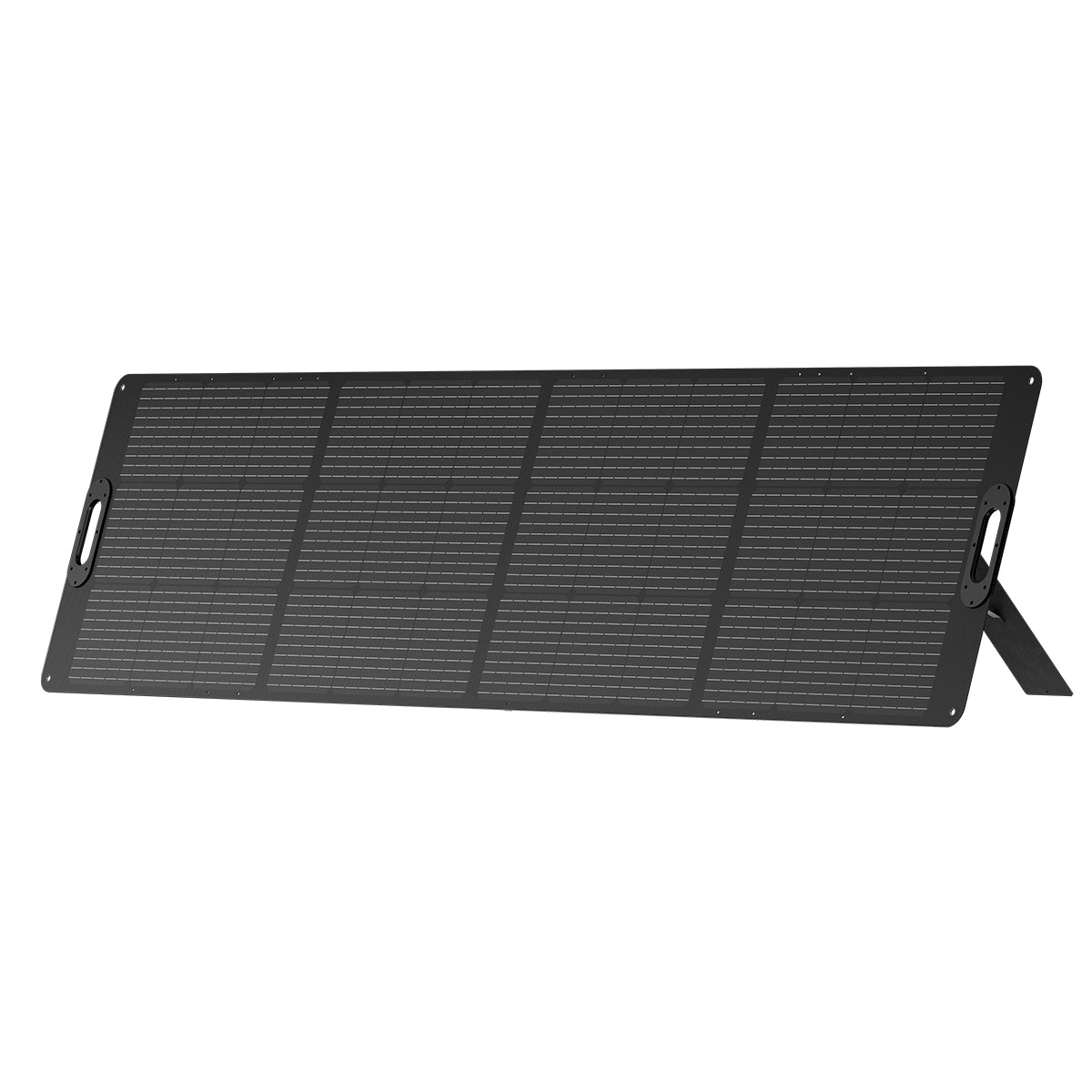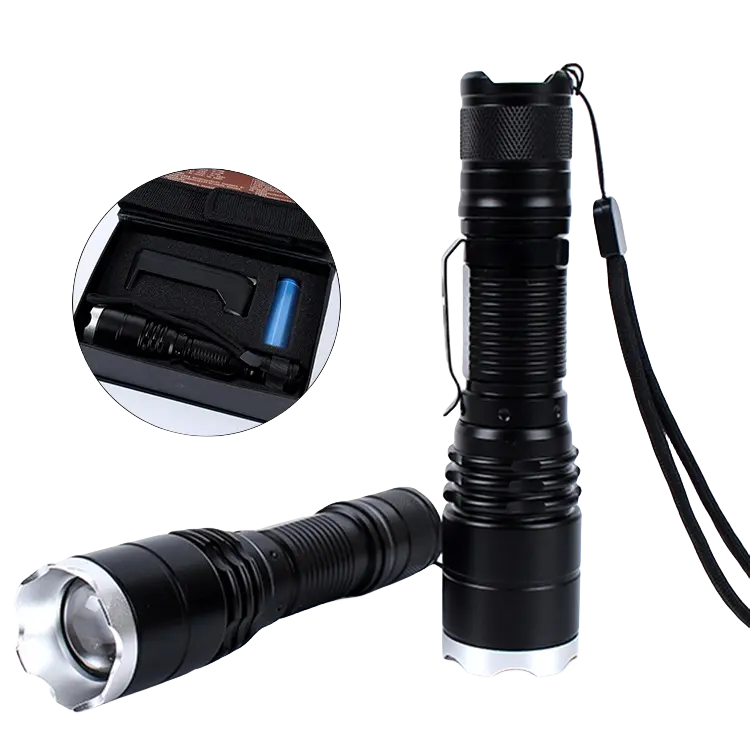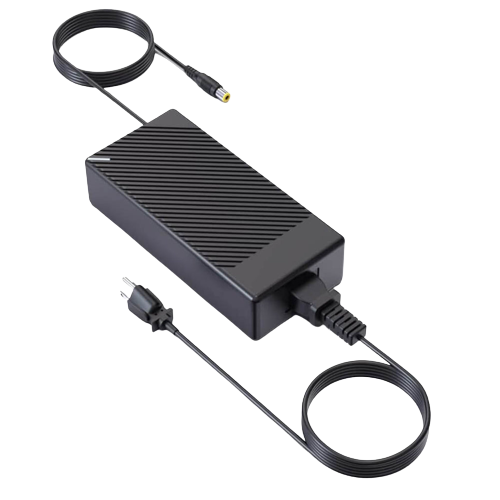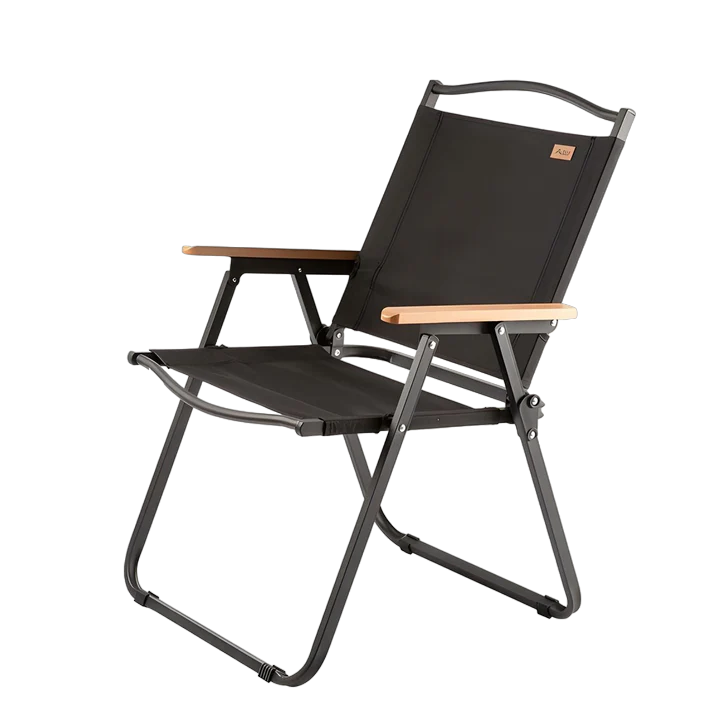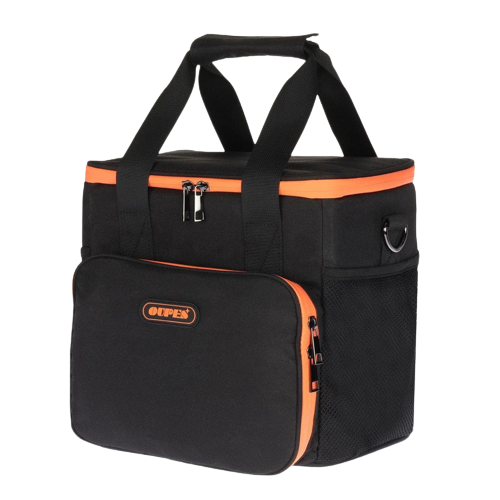8 Ways To Protect Your Solar Panels from Hail Storm Damage
Solar energy collectors exhibit an unexpected robustness. Amidst a plethora of meteorological tempests, their endurance prevails. Even pelting hail frequently falls short of inflicting harm upon these solar devices. Yet, in the throes of particularly ferocious hail squalls, the assault may overwhelm the collectors' resilience.
Fortuitously, one is not helplessly exposed to the whims of climatic conditions; proactive measures exist to shield these energy harvesters and your fiscal commitment. From selecting superior-quality solar panels to implementing protective strata, one can thwart the potential loss of their solar apparatus in forthcoming hail tempests.
Rather than conceding to meteorological destruction, allocate time to strategize against the most formidable storms imaginable. This foresight could avert the necessity for mendings or replacements of your solar array.
8 Ways to Protect Solar Panels From a Hailstorm
The genesis of your solar energy apparatus lies in the photovoltaic (PV) modules. These PV modules, prominently positioned on your roof or in similar unshielded locales, are tasked with harvesting solar radiance and transmuting it into electrical energy. Given their overt placement, apprehensions may arise regarding the resilience of the glass or other constituting materials to withstand elements more formidable than mere precipitation.
However, such concerns are largely unfounded. Solar panels possess robustness that enables them to endure and function post-encounters with harsh elements. The reinforced glass that adorns their surface is generally impervious to the assault of most hailstorms.
Notwithstanding the sturdiness of reinforced glass, cataclysmic meteorological phenomena involving hailstones can escalate to intensities capable of inflicting damage upon these panels.
To safeguard them against the most severe hailstorms, preemptive measures are advisable — commencing with the initial procurement of the panels.
Buy Panels Rated UL 61730 or IP67
The inaugural maneuver in safeguarding photovoltaic cells against pelting hail involves acquiring robust modules. The constituents utilized in the fabrication of a photovoltaic cell are pivotal in defining its resilience.
Contemporary panels, predominantly, exhibit considerable sturdiness. However, those accredited with UL 61730 certification endure rigorous examinations, proving their fortitude against hail projectiles ranging from one to three inches in diameter, hurtling at velocities as high as 88.3 miles per hour (approximately 142 kilometers per hour).
A crucial standard for all rigid solar panels is the IP67 certification. This endorsement confirms the panel's resistance to both water ingress and dust. A critical concern is the potential for hail to fracture the panels, consequently precipitating leaks. Therefore, selecting panels fortified against all perils associated with hail is prudent.
OUPES solar panels have an IP67 waterproof rating, ensuring they can withstand the harshest environmental conditions. Whether exposed to heavy rain, hail, or dust, the solar panels remain stable and provide stable, efficient power generation. Its consistent durability makes it an excellent choice for those looking for a solar panel that will stand the test of time and provide stable energy production.
Use Protective Covers

Anticipating a hailstorm, it's prudent to shield your solar apparatus with a protective layer. Opt for a rigid encasement for paramount safeguarding against the barrage.
These robust enclosures envelop the panels entirely, absorbing the brunt of hail pellets and other atmospheric assaults, thereby preserving the integrity of the solar unit beneath.
Alas, these impenetrable guardians block sunlight, thus halting the energy-harvesting process of the panels. It's crucial to disengage this armor post-storm to resume harnessing the sun's vitality for electrical generation.
In contrast, a pliable cover offers a more modest defense against the icy onslaught. While it muffles the clatter and mitigates the force of the hailstones on the crystalline surface, its ease of manipulation surpasses that of its sturdier counterparts. In the majority of hail occurrences, this softer shield suffices to safeguard your solar venture.
Spray on a Methacrylate Layer
In the realm of panel safeguarding, Methacrylate emerges as an economical, sprayable monomeric shield. This compound bestows a notable advantage over conventional hardcovers, as it permits unabated solar exposure to your photovoltaic apparatus even post-application.
However, a pivotal aspect resides in the precise dosage; judicious determination is requisite to guarantee adequate safeguarding. Exercising caution, it becomes imperative to abstain from Methacrylate application on the metallic constituents of the panel, as such contact could culminate in detrimental conductivity repercussions.
Methacrylate, a paragon of cost-efficiency in panel preservation, elicits a caveat against overabundance. An excess thereof may vitiate the panel's innate prowess in harnessing and preserving solar energy. Prudent adherence to prescribed directives is incumbent, and a prudent course of action might involve the initial isolation of a discrete segment for dosage calibration, assuring the precise application level.
Protect the Panels with Wire Mesh
Encasing the solar panels within a lattice of wire gauges serves as a sturdy shield against direct hail impact. This stratagem concurrently permits the infiltration of sunlight, facilitating the panels' functionality while forming a formidable barricade against substantial hailstones.
It is imperative to meticulously calibrate the wire mesh distribution. The apertures must strike a delicate equilibrium, sufficiently capacious to admit sunlight yet adequately petite to preclude the ingress of the most deleterious hail.
Comparable to methacrylate, the wire gauge approach offers a cost-effective means of safeguarding your solar investment. The caveat, however, lies in ensuring its resolute fixation. Should the wire mesh lack secure fastening, the gusty winds might dislodge it. Any interstice within the mesh would render your panels susceptible to hail onslaught. The cover necessitates robustness to withstand hail's ferocity while retaining the suppleness to conform and affix to the panel.
Adjust the Angles of Your Panels

To keep your solar system operating at peak efficiency, there is a complex process to go through during installation. The expertise of skilled installers proves invaluable as they carefully configure the angles to optimize solar absorption. However, these angles become critical when it comes to protecting solar panels from the damaging forces of hail. A change of direction may be necessary to effectively mitigate the effects of hail.
Just as these panels have the best angle to take advantage of direct sunlight to most efficiently collect solar energy, they also have the best angle to be most susceptible to hail damage. If you can change these angles, you can significantly reduce the potential damage caused by large hail.
Therefore, OUPES portable solar panels are simply a perfect solution. Take the OUPES 240W portable solar panel as an example. What makes it unique is its adjustable angle feature, which allows you to easily optimize its angle and orientation to maximize sunlight absorption, maintain its energy conversion up to 22%, and minimize energy consumption. Reduce hail damage.
This portable design can be easily removed, so when the weather forecast predicts impending hail, you can remove the portable panels and store them safely indoors for safekeeping.
Inspect Your Panels Regularly
Amidst the transparent canvas of your automobile's windshield, minuscule fractures possess the potential to swiftly metamorphose into substantial crevices. Parallelly, solar panels exhibit a semblance of this phenomenon; a solitary hailstone, seemingly innocuous to an unblemished panel, can exacerbate existing vulnerabilities on a cracked counterpart.
Henceforth, it becomes imperative for you to diligently oversee the condition of your solar array as it evolves through time, meticulously tending to maintenance requirements. Any discernible impairment necessitates prompt rectification, lest it be catalyzed into a more substantial issue by an impending tempest.
In the realm of flexible solar panels, constructed from a delicate veneer of monocrystalline photovoltaic cells, the capacity to endure a hailstorm might be within reach. However, when contemplating rooftop systems employing inflexible solar panels, the integrity of the entire array remains perilously contingent upon the preservation of individual panel structural integrity.
Typically, trifling fissures do not wield a considerable influence on the overall efficacy of your solar energy system. Absent meticulous visual scrutiny, these incipient rifts often evade detection until the moment a hailstorm looms on the horizon.
However, when the pelting force of hailstorms converges upon these vulnerable junctures, the peril of significant harm looms large. Employ firsthand visual inspections and proactive maintenance as preemptive measures to preclude the onset of these predicaments.
Check Your Homeowner’s Insurance Policy
In the realm of solar power, the acquisition of solar panels often accompanies a manufacturer's warranty that is contingent upon specific conditions.
Concomitantly, a manufacturer's warranty invariably harbors certain exclusions within its protective ambit. However, it's imperative to acknowledge that it typically does not encompass damage incurred by the panels as a consequence of meteorological phenomena, such as the pelting onslaught of hailstorms.
Whilst it is an incontrovertible fact that the indemnity offered by solar panel warranties rarely extends to encompass the perils of hail damage, it is prudent to turn one's attention towards the standard homeowner's insurance policy. This is where the turning point lies. One must scrutinize this policy with meticulousness, verifying its provisions and prerequisites before embarking on the journey of filing a claim.
In the eventuality that your rooftop solar panels bear the brunt of the damage, it is advisable to traverse the path of filing a claim through your homeowner's insurance policy. This, in most cases, would be the prudent course of action to undertake.
Follow the Weather Forecast
Preparation encompasses more than mere acquisition; it necessitates astute timing in response to impending crises. When forewarned of impending adverse weather, it becomes imperative to meticulously monitor its progression and metamorphosis. Such vigilance will enable you to ascertain the opportune moment for safeguarding your photovoltaic arrays, diligently fortifying your property against potential harm.
Frequently, tempestuous conditions may ameliorate before making landfall upon your domicile. Conversely, their trajectory may diverge unexpectedly. However, possessing prescient knowledge about imminent perils empowers you to undertake comprehensive pre-emptive measures, ensuring you are poised for their eventual arrival.
The more conscientious your endeavors to shield your solar panels, the more profound your sense of assurance regarding this substantial investment. Take pains to veil or otherwise shield your solar arrays, subsequently relocating indoors to shelter from impending calamity. By these judicious actions, you will have meticulously prepared for the impending tempest, thereby averting protracted damage in the majority of instances.
FAQs

Can Solar Panels Withstand a Hailstorm?
In the realm of photovoltaic technology, solar panels often demonstrate a remarkable resilience to the forces of a hailstorm. However, it is imperative to acknowledge that certain regions within our nation bear witness to more frequent and potent hailstorms, thereby rendering them capable of inflicting substantial harm upon these solar contraptions.
Do Solar Panels Work if Cracked?
In the realm of photovoltaic technology, solar panels exhibit remarkable resilience in the face of structural imperfections. When confronted with minuscule fractures, these panels soldier on undeterred, maintaining their functionality with unwavering determination. However, as these imperfections magnify in magnitude, the efficiency of the entire solar array begins to wane, gradually succumbing to the encroaching forces of degradation.
How Much Does Damage Does Hail Do to Solar Panels?
Ordinarily, hail inflicts minimal harm upon solar panels. Nevertheless, it possesses the potential to cause chipping, fracturing, or even complete rupture when subjected to formidable storms. Consequently, it becomes imperative to implement protective measures for these panels, particularly in regions prone to recurrent hailstorms.
Can You Fix Hail Damage to Solar Panels?
In the majority of cases, it is feasible to rectify hail-induced damage sustained by a solar panel. A proficient repair facility possesses the capability to mend both the vitreous components and the constituent elements of the photovoltaic system, thereby ensuring the reinstatement of operational functionality to your panel.
Can You Claim Insurance If Your Solar Panels Are Damaged By Hail?
Solar panel warranties frequently omit coverage for hail damage. Nevertheless, provided you have duly incorporated your solar panels into your homeowner's insurance policy, that particular policy will typically extend protection against the ravages of hail.
Conclusion

In the majority of hailstorms, your solar panels will remain unscathed. They possess the resilience to endure most circumstances. Only in instances of unusually substantial hailstorms is there a likelihood of impairment. Nevertheless, it is prudent to adopt precautionary measures to safeguard your solar energy system against potential harm.
The foundation of preventive measures commences with the utilization of top-tier components. OUPES offers top-notch, high-efficiency solar panels and solar generator kit meticulously engineered to withstand the harshest of weather conditions and temperature extremes.

